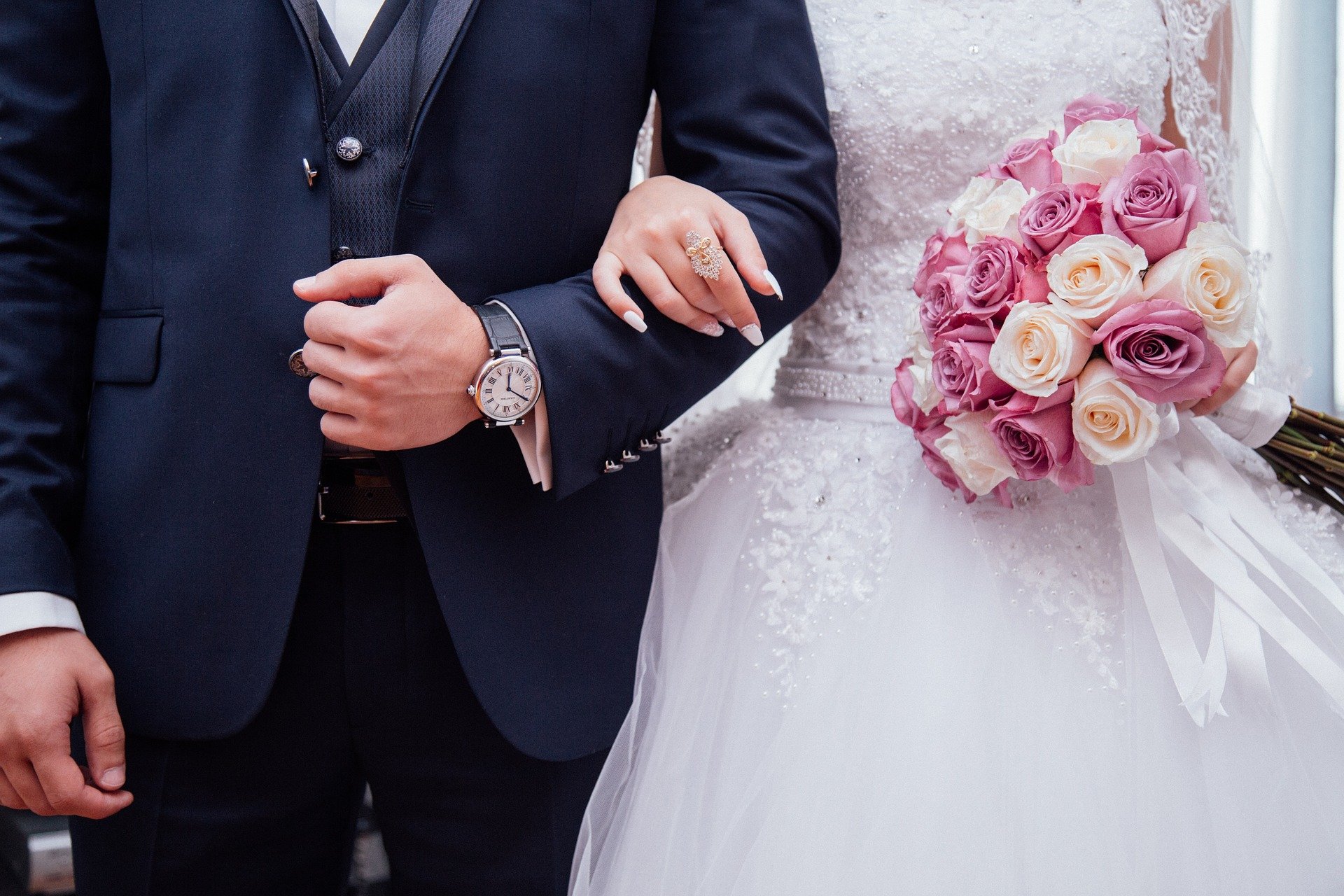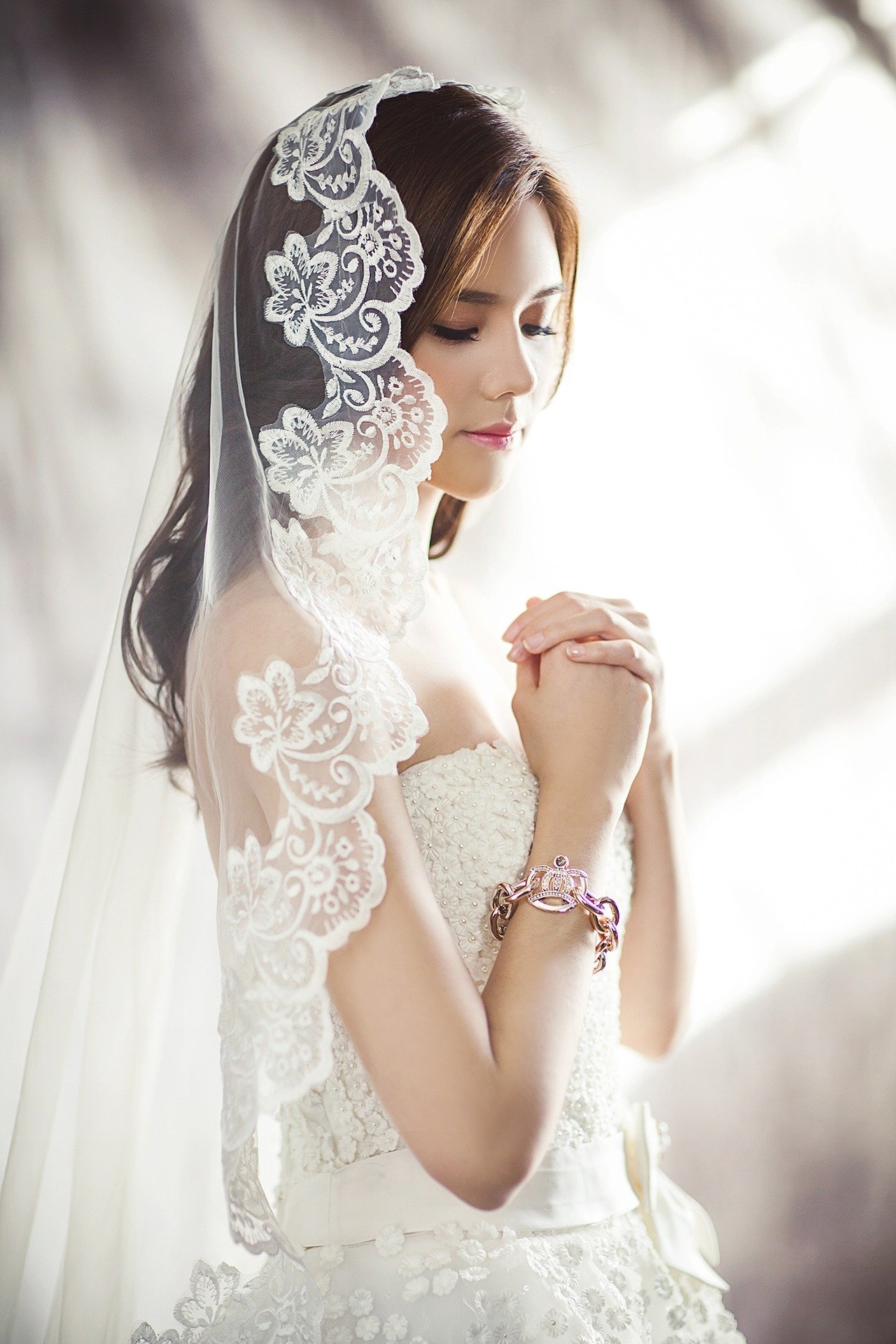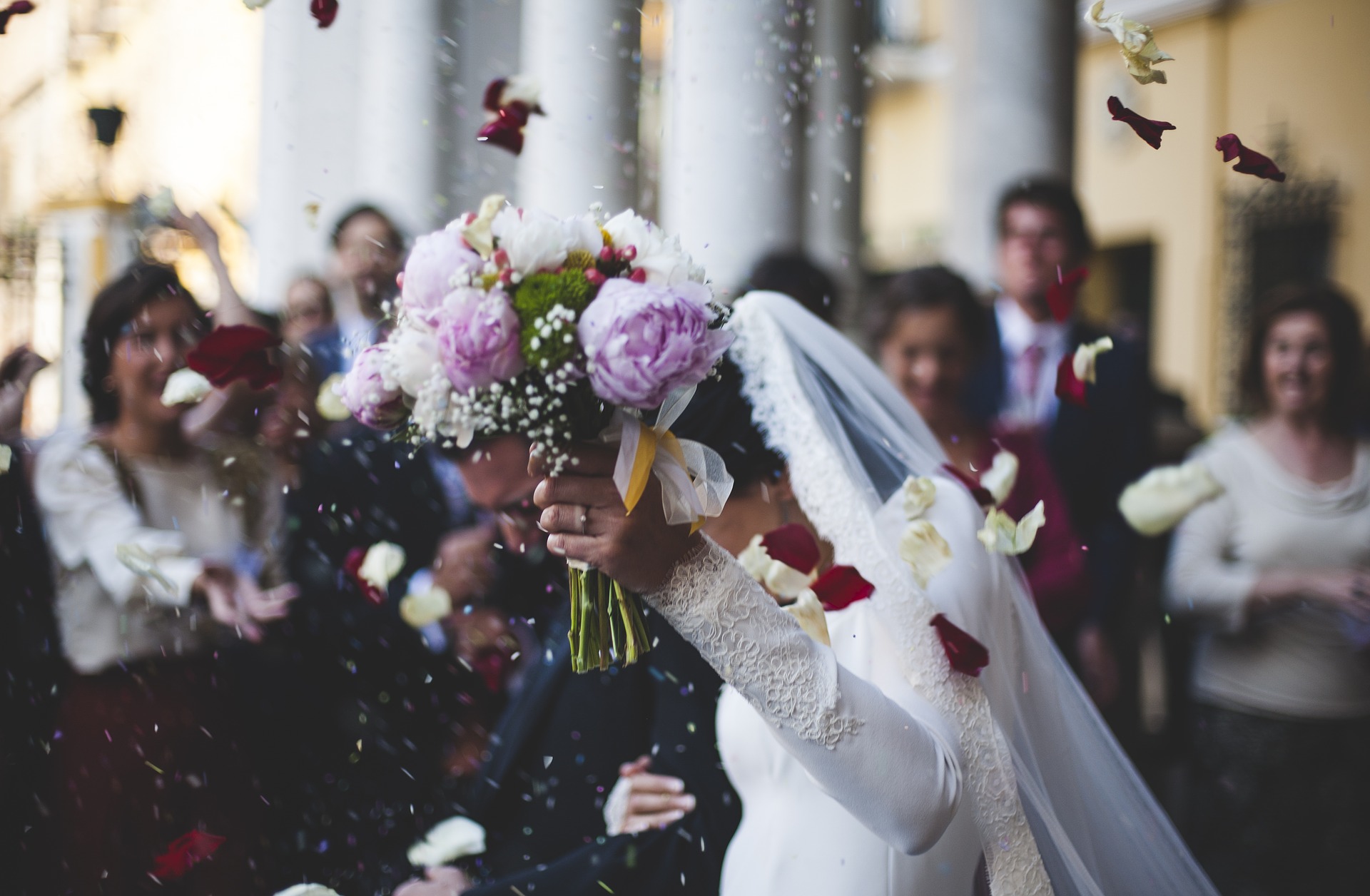Unveiling the timeless charm: Exploring popular Spanish wedding traditions
Why these traditions will add extra olé to your wedding
Spanish wedding traditions are some of the richest in the world. It’s a time where cultures intertwine and traditions breathe life into celebrations. Among the rich tapestry of global wedding customs, Spanish nuptials stand out for their vibrant flair and deep-rooted traditions. From lively fiestas to poignant rituals, Spanish weddings are a testament to centuries-old heritage and community bonds. In this article, we delve into the most beloved traditions at Spanish weddings, unraveling their historical significance and enduring appeal that transcends borders.

For some extra Spanish olé on your wedding day, you might want to incorporate one or more of the following Spanish wedding traditions.
The coin ritual
The groom presents his bride with 13 gold coins, called arras in Spanish which means “earnest money.” These coins represent the groom’s promise to provide for the family and the bride’s acceptance of them symbolises her trust in her soon-to-be husband.
It is also believed that the 13 coins represent Jesus and his 12 apostles as well as the 12 months of the year and prosperity for the newly-weds as they combine finances.
Spanish wedding traditions: The Godparents (Padrinos)
The godparents are the ones to purchase the 13 coins for the groom, an act which also signifies that the Godparents have shared their wealth of knowledge concerning life and marriage with the bridal couple prior to the wedding ceremony.
The coins are kept in a small decorative box which is presented to the priest during the wedding ceremony by the Padrinos.
The Priest blesses the coins and gives them to the groom who pours them from the box into the bride’s cupped hands. The bride accepts the coins and pours them back into the box.
This exchange is typically done after the blessing and exchange of rings, just before the couple says their vows. The underlying sentiment of the 13 coins is a beautiful Spanish wedding tradition.

Spanish wedding flowers: Orange blossoms
Spanish brides tend to choose Orange blossom as their wedding flower. The orange blossoms have a marvellous fragrance and the white petals complement the white dress and symbolize purity.
Additionally, orange trees bear their fruit and blossom at the same time, leading to the belief that this special flower will bring both happiness and fulfillment to the newly-weds. The blossoms are also symbolic of fertility.

The bridal escort
The Godparents are the ones who accompany the bridal couple. On one side, the father accompanies the bride as escort for his daughter, likewise, the groom is escorted by his mother to the church for the wedding.
The escort is much simpler as there are no flower girls, page boys, bridesmaids, maid of honour or best man! Unheard of in typical British weddings-albeit somewhat cheaper!

Spanish wedding traditions: The veil and the cord
One of the most iconic customs at Spanish weddings is the exchange of the cord and the veil. Rooted in Catholic tradition, this ritual symbolizes the couple’s unity and commitment. The groom presents the bride with a cord, known as “lazos,” often made of silk or satin, which he drapes around her shoulders in a figure-eight shape. This act signifies their eternal bond and shared journey through life’s highs and lows.
Similarly, the bride receives a veil, or “mantilla,” from the groom, which she wears over her head as a symbol of purity and modesty. The delicate lace veil is often passed down through generations, adding a touch of familial heritage to the ceremony. Together, the cord and the veil encapsulate the timeless essence of love and devotion, embraced by generations of Spanish couples.

History and Origins
The tradition of the cord and the veil traces its roots to medieval Spain, where Catholicism played a central role in shaping social customs and rituals. During the Middle Ages, marriage was viewed as a sacred union ordained by God, and elaborate ceremonies were conducted to solemnize the vows exchanged between couples.
The practice of exchanging cords and veils symbolized the couple’s commitment to each other and to their faith. The cord, with its intertwined loops, represented the eternal bond between husband and wife, while the veil symbolized the bride’s purity and submission to her husband. Over time, these symbols evolved to reflect changing cultural norms and societal values but remained deeply ingrained in the fabric of Spanish wedding
Spanish wedding traditions: confetti
As the couple leaves the ceremony, guests line up outside to throw dried rice or rose petals. This symbolizes both fertility and prosperity for the newly-weds.
The bouquet toss
While brides don’t throw the bouquet in Spain, they do hand out small pins, to be worn the wrong way up, to the single ladies throughout the wedding feast. According to Spanish wedding ceremony customs, it’s believed that if the pin is lost in the course of the reception, the woman will get married soon.
Cutting up the Groom’s Tie
During some Spanish weddings, the groom’s closest friends will cut his tie into pieces and then auction it off to wedding guests to raise money for the couple.

La hora loca: The crazy hour
A highlight of many Spanish weddings is “La Hora Loca,” or the Crazy Hour, a festive spectacle that brings the party to life in the late hours of the evening. Originating in Latin American countries like Colombia and Venezuela, La Hora Loca has become a popular tradition at Spanish weddings, captivating guests with its exuberant energy and playful antics.
During La Hora Loca, the newlyweds and their guests don colorful costumes, masks, and props, transforming the venue into a carnival-like atmosphere. From giant foam hats to glow-in-the-dark accessories, the revelry knows no bounds as dancers weave through the crowd, leading conga lines and group dances.
Where did la hora loca originate from?
The concept of La Hora Loca can be traced back to the vibrant street festivals and carnivals of Latin America, where communities come together to celebrate life and embrace spontaneity. What began as a spontaneous burst of revelry evolved into a structured event, with DJs and entertainers orchestrating the festivities to ensure maximum fun and excitement.
In recent years, La Hora Loca has gained popularity at Spanish weddings, providing couples with a unique way to entertain their guests and create lasting memories. The lively atmosphere and festive spirit of La Hora Loca reflect the joy and camaraderie that define Spanish culture, making it a cherished tradition for couples and their loved ones.
Spanish weddings are a tapestry of timeless traditions and vibrant celebrations, where love and culture intertwine to create unforgettable moments. From the solemn rituals of the cord and the veil to the festive revelry of flamenco and La Hora Loca, each tradition reflects the rich heritage and enduring spirit of Spain.

As couples around the world embrace these beloved customs, they pay homage to the enduring legacy of Spanish culture and the timeless allure of love and commitment. Whether it’s a traditional ceremony in a historic cathedral or a lively fiesta under the stars, Spanish weddings continue to captivate hearts and inspire dreams, uniting couples in a bond that transcends borders and generations.
In the eternal quest for the perfect wedding destination, Spain emerges as a compelling choice for couples seeking affordability, romance, and convenience. With its diverse landscapes, favorable exchange rates, and welcoming atmosphere, Spain offers an enchanting backdrop for couples to exchange vows and create cherished memories that will last a lifetime.
For over twenty years we at Sunshine Weddings Spain have specialised in finding your perfect wedding venue, alongside planning every last detail of our couples’ special day. As you can see, we are spoiled for choice in Spain, with the vast array of wedding venues, and the range of traditional ones such as fincas, haciendas and villas. Our dedicated planners are always on-hand to guide, advise, support and help you make the most important day of their life truly unforgettable.
‘Why do I need a wedding planner?’ is a question we get asked a lot. Why, when we all have online access to suppliers and venues worldwide, is a wedding planner so important? Take a look at our short Q&A and discover the advantages of having one of our team assist you with your destination wedding in locations including Malaga and Mallorca.